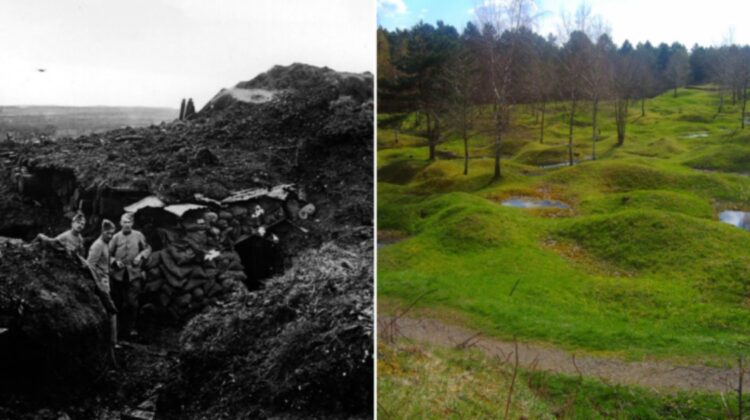
One of the longest and deadliest battle of the First World War was fought over a small parcel of land in north-eastern France, near the commune and town of Verdun. The Battle of Verdun lasted over 300 days from 21 February 1916 until 19 December 1916 and caused an estimated casualty of over 700,000 dead, wounded and missing.
The attack on Verdun came about because of a cunning plan by the German Chief of General Staff, von Falkenhayn. Verdun wasn’t strategically important to the Germans, but had a historic sentiment for the French. The area around Verdun contained twenty major forts and forty smaller ones that had historically protected the eastern border of France for centuries. Falkenhayn knew that the French simply could not allow these forts to fall into the hands of the enemy because of the national humiliation that would follow. Falkenhayn believed that France would fight for this piece of land to the last man, and by doing so would lose so many men that the battle would change the course of the war. His plan was not to capture the city, but simply to kill as many Frenchmen as possible, or to quote him, “bleed the French army white”.
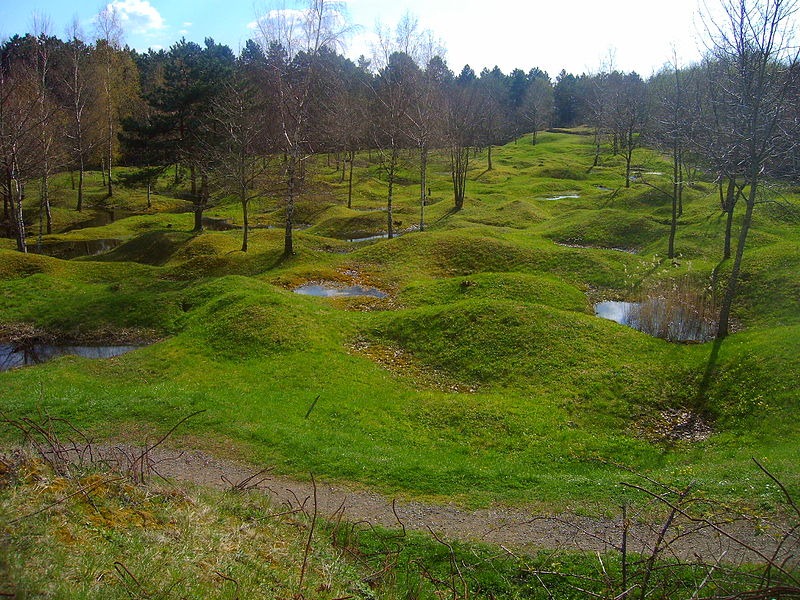
On the first day alone, the Germans sent 140,000 soldiers to attack the French town. Supported by 1,200 artillery guns, they blasted hundreds of thousands of shells at the Verdun region. Over the course of the next eleven months, the two armies fired an estimated 65 million artillery shells at one another that not only decimated both armies but completely devastated the land. So many shells were fired that the top of one particular hill vanished. Many troops at the battle never saw an enemy soldier, experiencing nothing but artillery fire.
The massive amount of artillery tore up the ground turning it into a wasteland of mud pools when the rain came. Forests were reduced to tangled piles of wood. Even today the soil is contaminated with heavy metals such as copper, lead and zinc, and poisonous chemicals such as arsenic and ammonium perchlorate, which were used in detonator shells. Only the most toughest plants managed to survive. Millions of unexploded shells still litter the region. Everywhere you look the brutal scars of war are visible in the many over lapping craters.
As for the war, Falkenhayn had seriously underestimated the French, for whom victory at all costs was the only way to justify the sacrifices already made. By July, the increased counter attack from the French army forced the Germans to go into defensive. By then the war had dragged for so long that a victory at Verdun became a matter of German prestige as much as it was for the French. Eventually, the collapse of the southern front in Russia and the power of the Anglo-French attack on the Somme, reduced the German armies to holding their positions as best they could. The German defenses collapsed in December and those surviving were taken prisoners. After the failure at Verdun, Falkenhayn was removed from his position

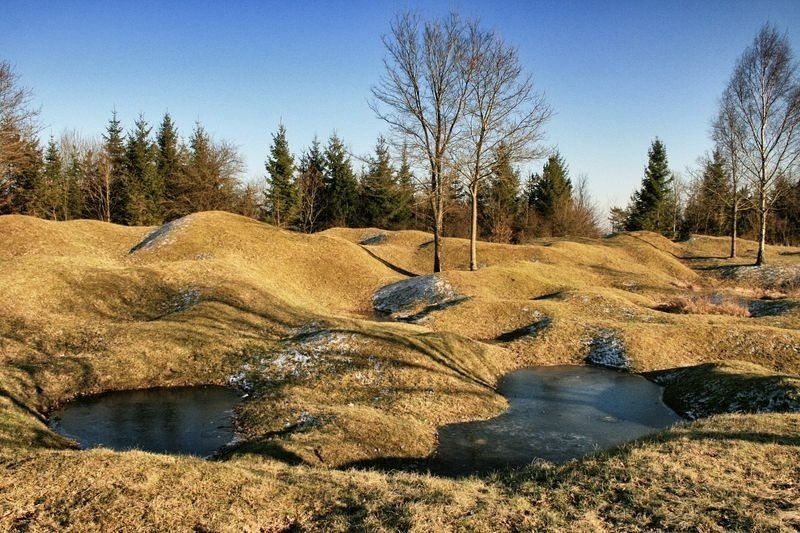
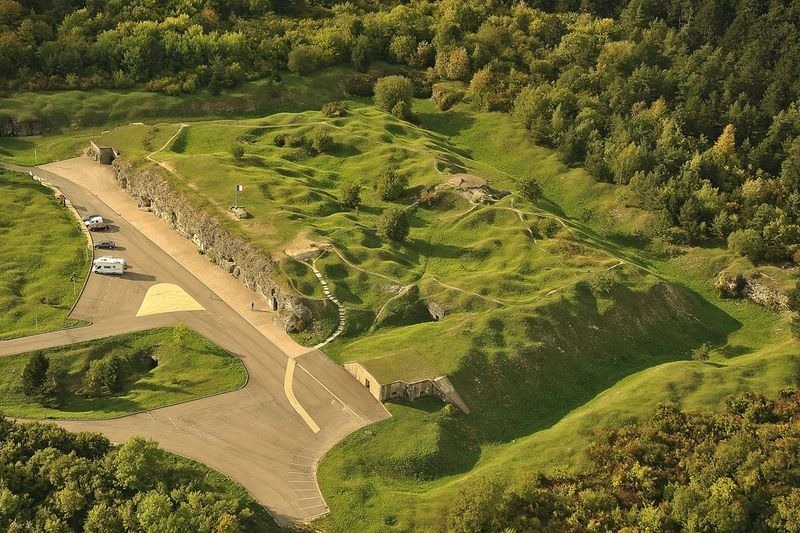

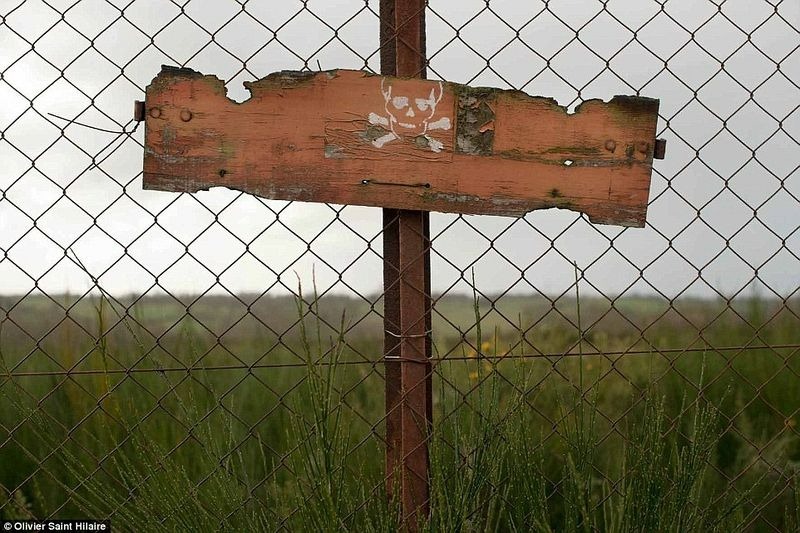
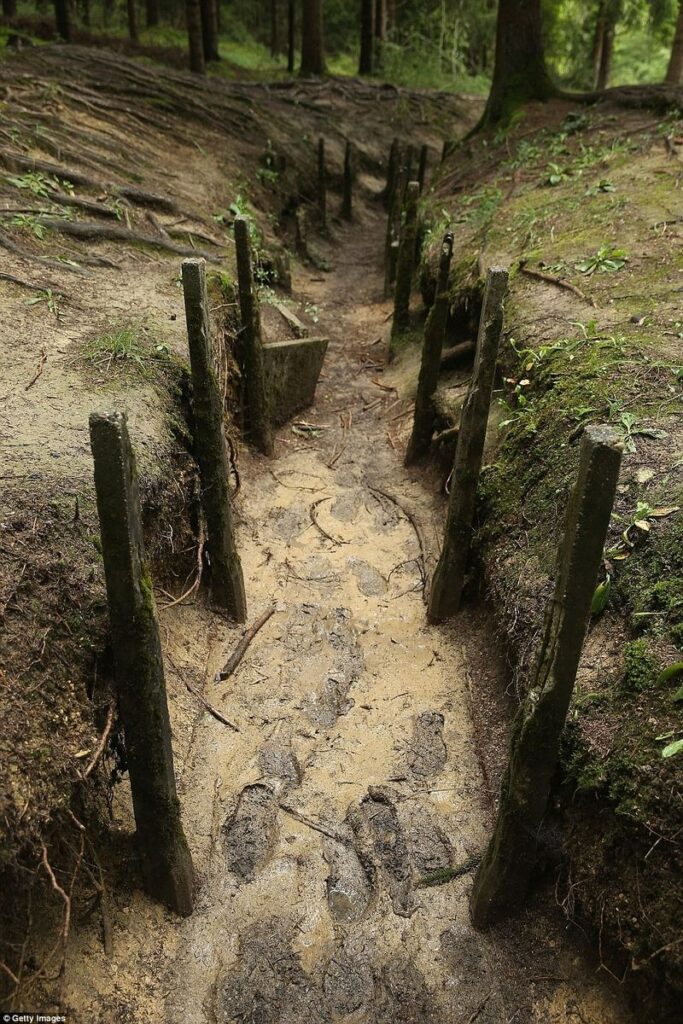
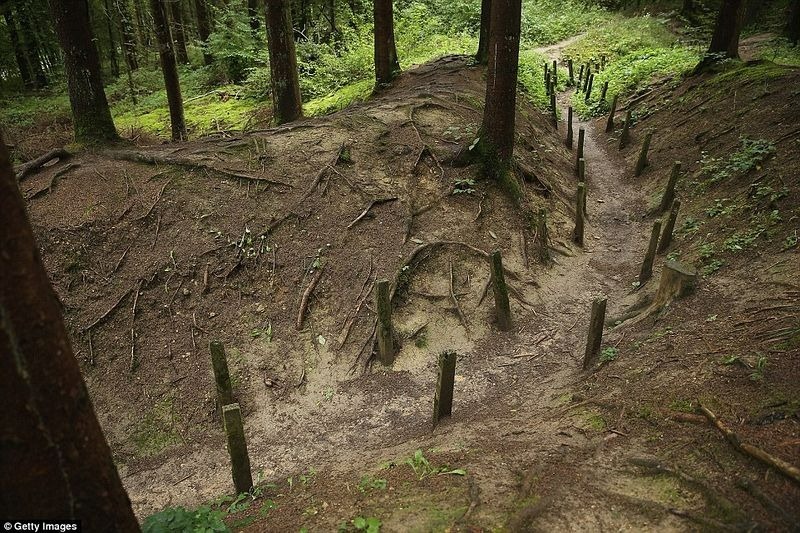
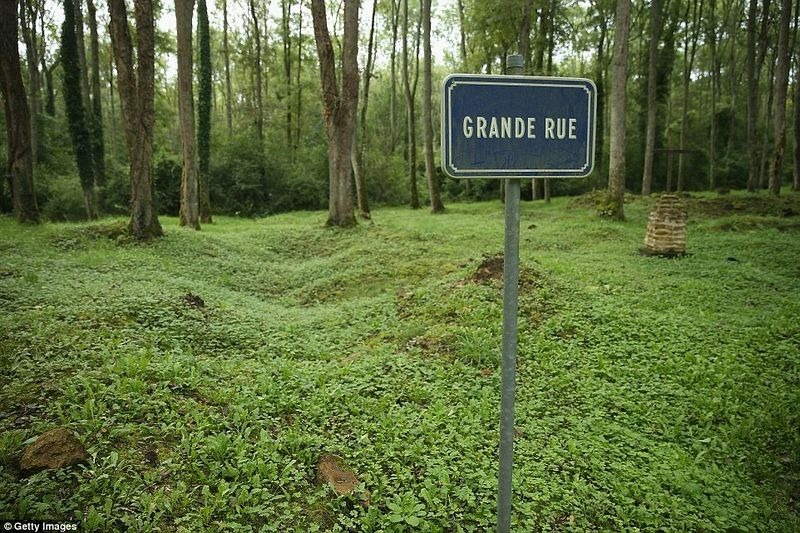
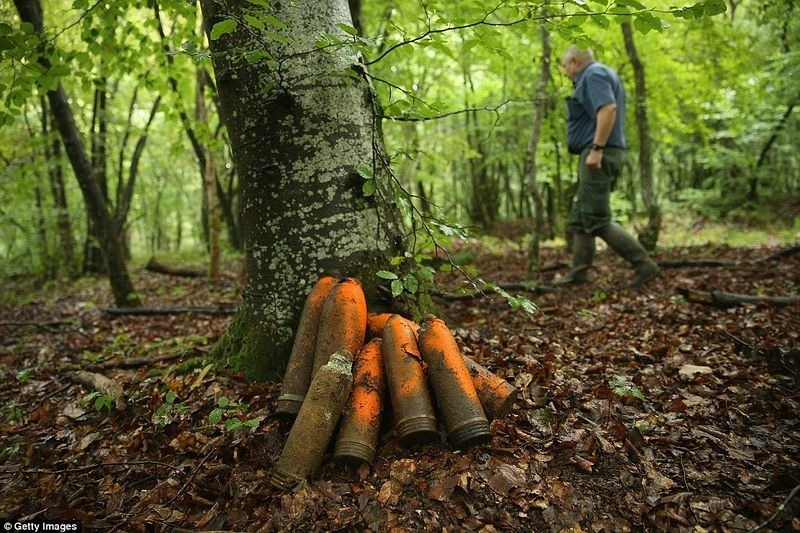
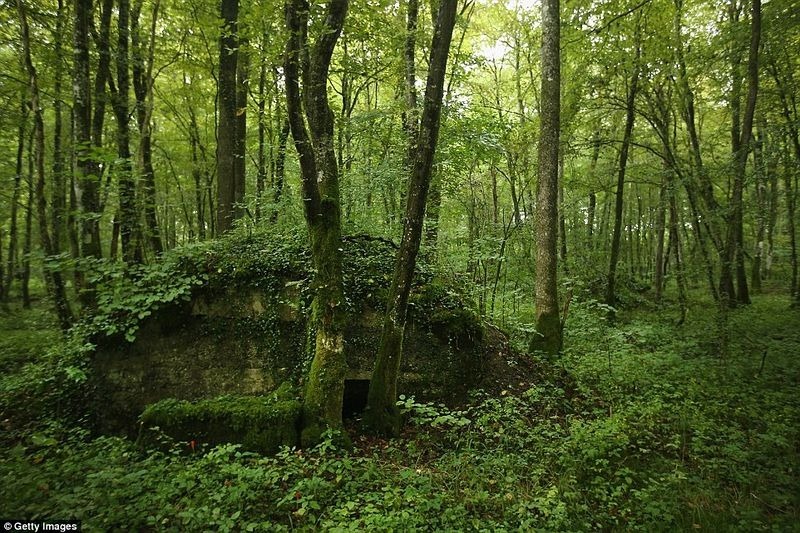
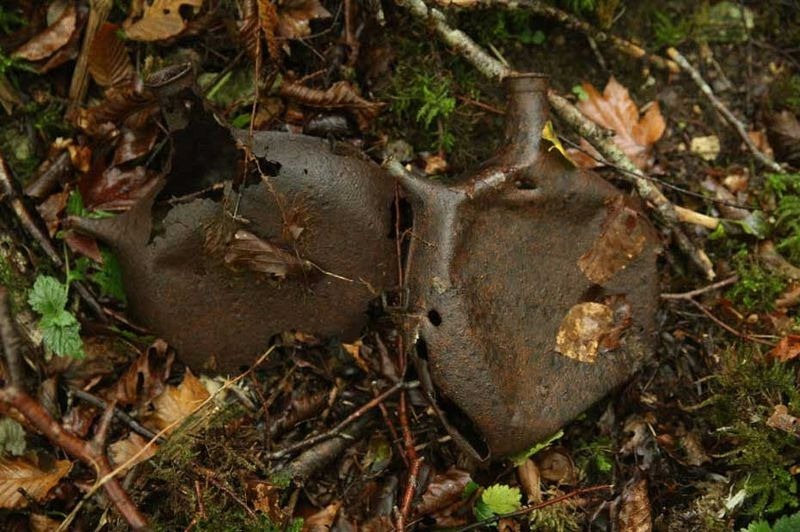

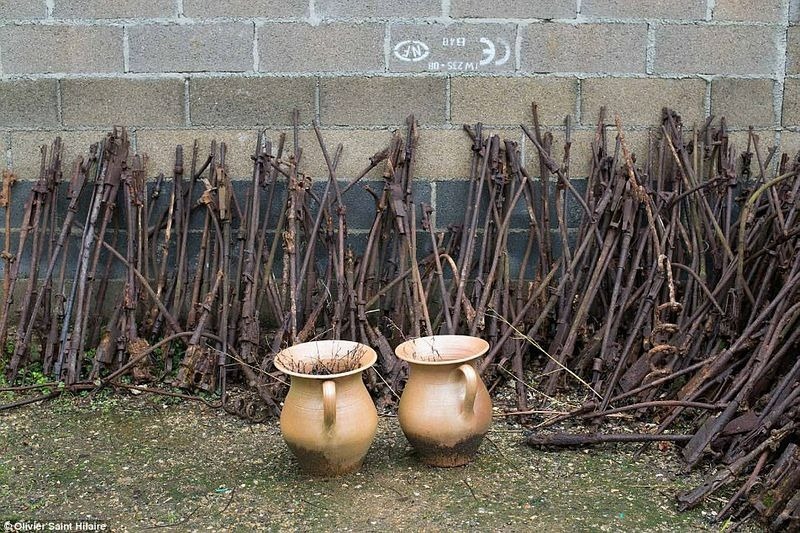
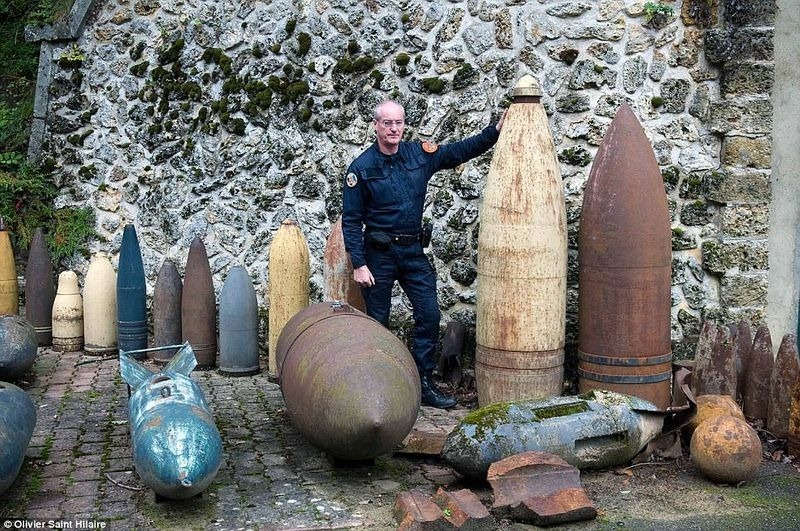
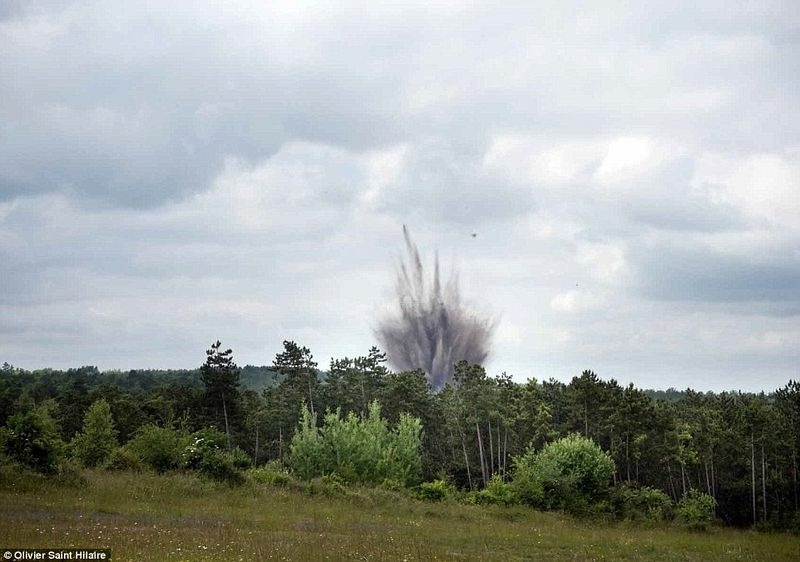

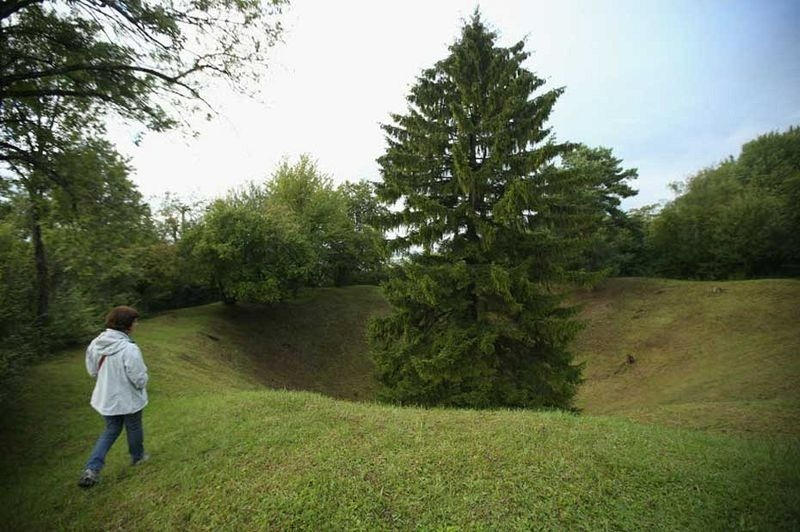
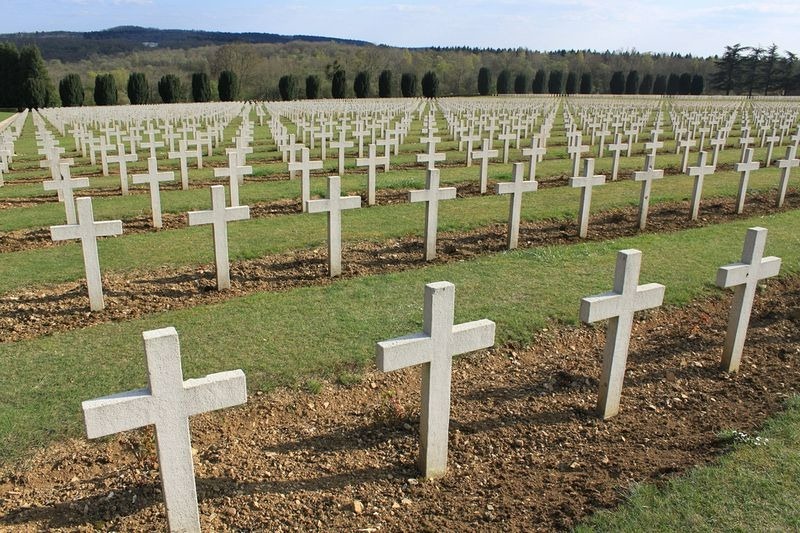
Sources: History Learning Site / Wikipedia / AllKMC / LeMonde

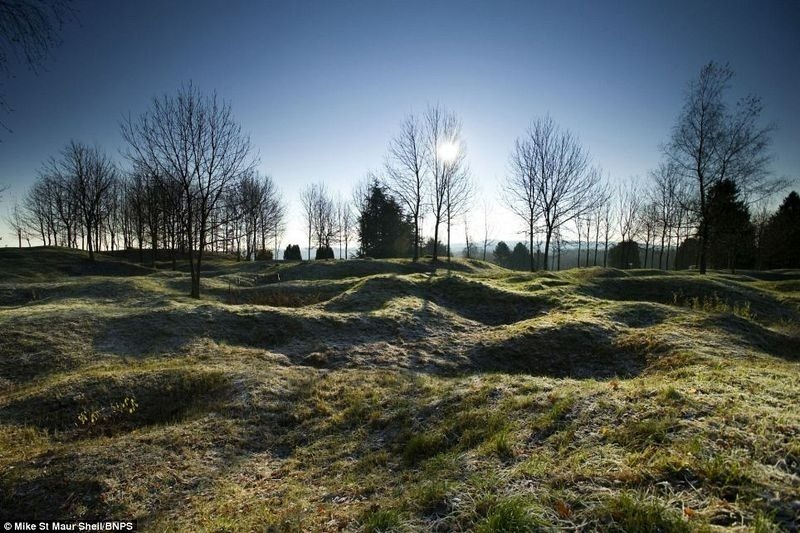
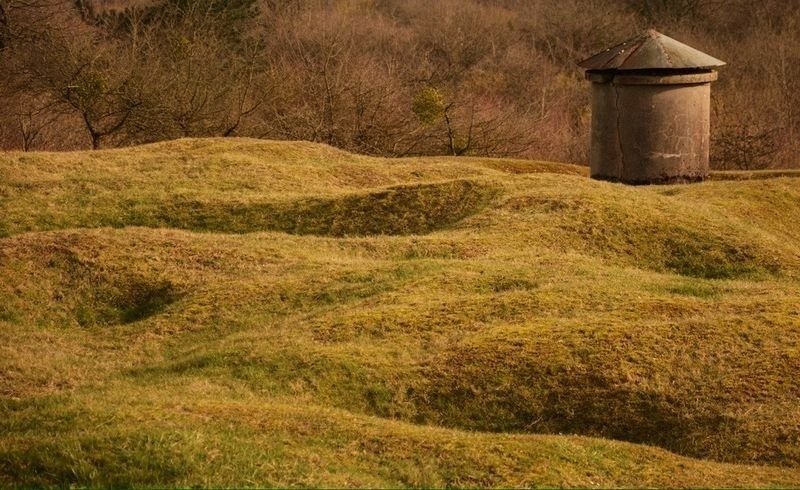
Leave a Reply